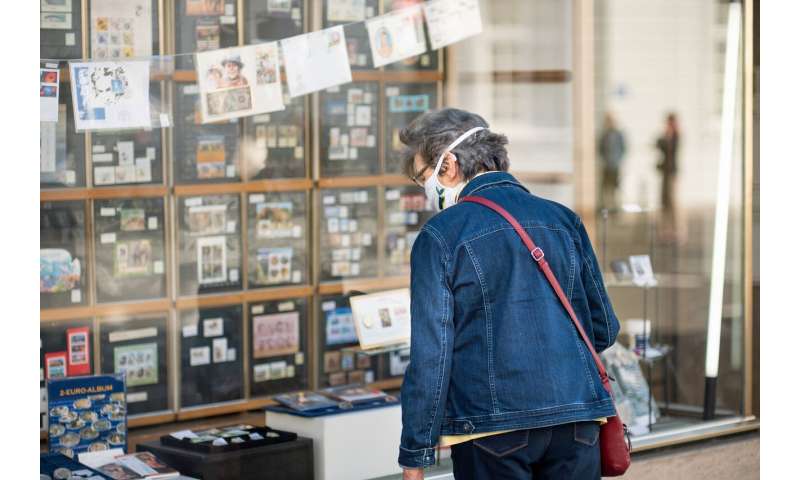
The outbreak of coronavirus disease 2019 (COVID-19) has spread rapidly across the globe at an alarming pace, causing considerable anxiety and fear among the general public. In response to the growing number of new cases, many countries have imposed lockdown measures to slow the spread of coronavirus. However, nearly every individual, community, business, and economy has been adversely affected by lockdown measures—an impact to society that cannot be ignored.
The health and well-being of the population will be affected if the community is kept open, but the lockdown strategy also incurs economic and financial impacts. Each strategy on its own will increase the total ‘cost’ to society. Can both losing strategies be combined in a manner that leads to a winning outcome? That is the question that researchers from the Singapore University of Technology and Design (SUTD) set out to answer in a recent paper published in Advanced Science.
The team, led by Assistant Professor Kang Hao Cheong from SUTD, seeks to answer this question by modeling the population using Parrondo’s paradox with a view to relieve the cost of the epidemic by means of a switching strategy. The model takes into account the health and well-being of the population, as well as economic impacts and describes the interaction and flow between the different population compartments during the COVID-19 epidemic.
The researchers were inspired by a phenomenon called Parrondo’s paradox. The paradox states that it is possible to alternate between a pair of losing strategies and still end up winning. Their results represent one of the first studies to focus on the lockdown exit strategy. It is also one of the first to link Parrondo’s paradox to epidemiology.
From this study, the researchers show that keeping the community open results in a large number of infected individuals and a sharp increase in the number of deaths over time, so naturally the ‘cost’ increases. At the same time, a lockdown strategy reduces the possibility of infection, but has an adverse effect on the socio-economic cost.
“This means that each strategy cannot individually result in a decline to the ‘cost’ in the long-term during an epidemic. Such rising ‘cost’ allows us to classify them as losing strategies,” explained Tao Wen, a research student from SUTD and a co-author of the study.
“When one switches between the losing strategies in accordance with any of the proposed alternating strategies, the ‘cost’ per day will decline. This, in itself, is a winning strategy to control the loss caused by COVID-19,” he added.
This is a manifestation of the game theory Parrondo’s paradox: two losing strategies can be combined into an outcome that wins.
The researchers have introduced three different switching rules. They are the time-based switching, result-based switching, and random switching schemes. Each switching rule comes with its own strengths and is applicable across a wide range of real-world scenarios.
“Such novel strategies can be implemented to curb the spread of COVID-19 or future epidemics, and have the potential to alleviate suffering, preserve and promote health and well-being among the population,” observed Assistant Professor Kang Hao Cheong, the principal investigator for this study from SUTD.
Source: Read Full Article
